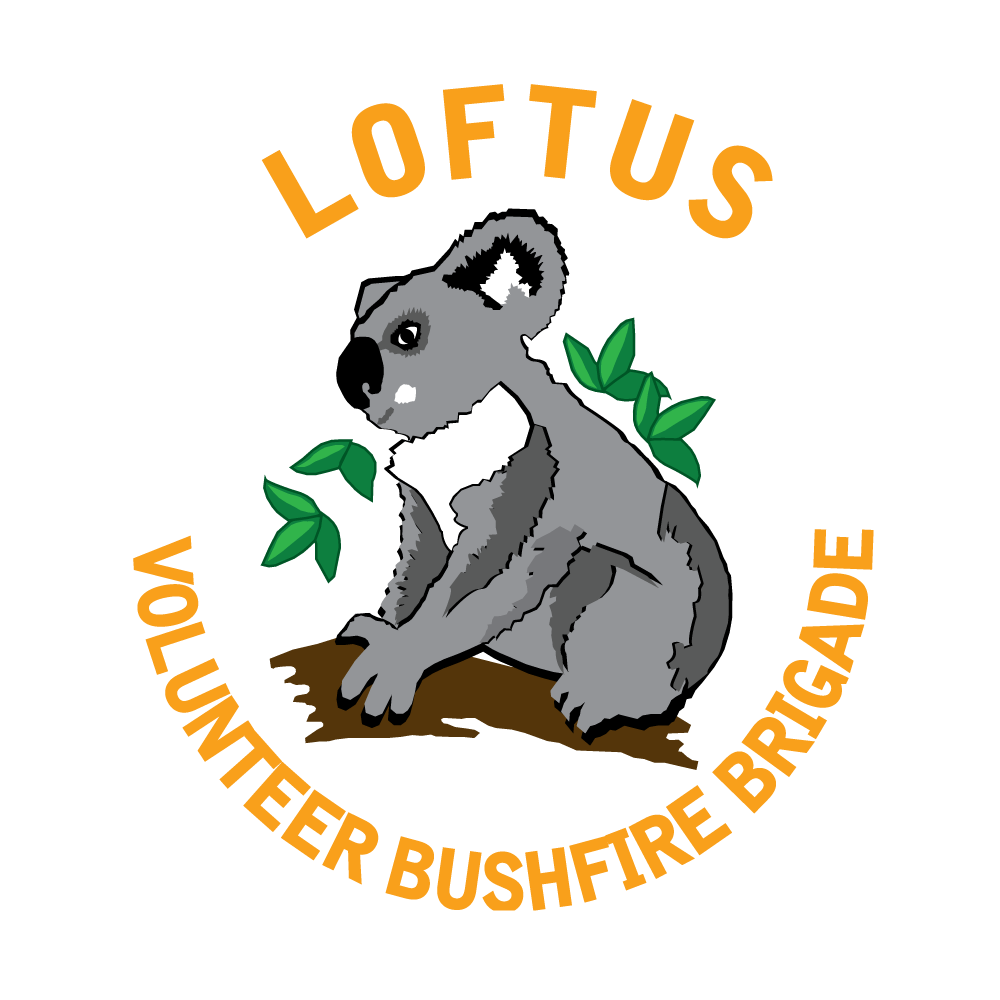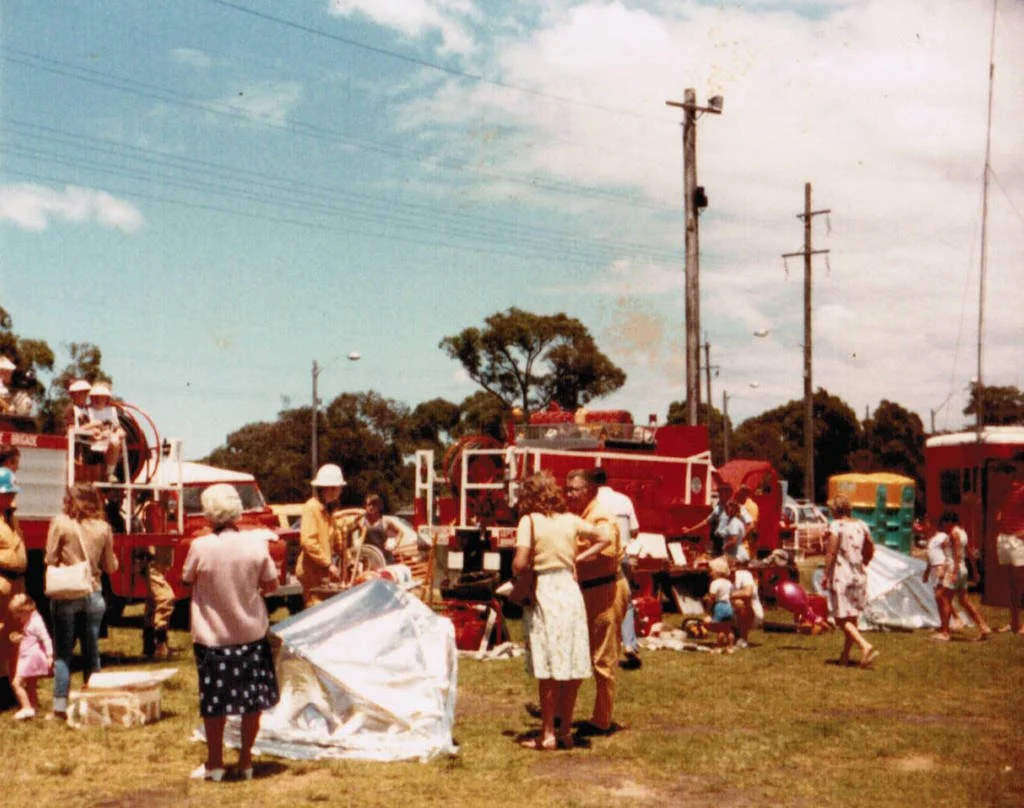CSIRO Shelter
In the early 1950's Dr. King of the C.S.I.R.O, considered that an aluminum foil had the potential to reflect the heat generated in a bushfire and the potential to save lives of fire fighters caught in situations where the outcome would be severe burns or loss of life due to no refuges available. After conducting experiments in the laboratory Dr King then strengthened the foil to create a material that was able to effectively create a one man tent for field tests.
Dr King conducted field tests with the tent in bushfire situations during summer periods in Western Australia (It should be noted that Dr King conducted these tests by placing himself inside the tent during the progress of a fire, such must have been his faith in the design he had created)
The results and evaluations of those tests proved that the concept of the tent was a viable proposition. Dr King stated that the tent could prolong life in certain situations. Unfortunately Dr King's tests and work in this area were never taken further by the Authorities back in 1950 although there had been testing in this field with the C.S.I.R.O in the 1960's.
Three decades later on November 3rd 1980 in the Royal National Park near the Township of Waterfall South of Sydney, 5 fire fighters from the Sutherland Shire's Headquarters Brigade were overrun by wildfire and lost their lives. This incident at Waterfall affected many greatly, one of those being Dr D Ash a medical practitioner and Honorary Life Member of the Loftus Volunteer Bushfire Brigade.
Dr Ash felt compelled to do something that could help avert this happening again. And this he did. Without any knowledge of Dr King's work some thirty years earlier, Dr Ash came up with the Design of a collapsible survival tent. The shape of the tent came from observations made by Dr Ash of canvas wind shelters that were in common use on beaches within the Sutherland Shire at the time. Designed to be easily erected to protect beach goers from the elements. The concept of a tent made from a material that could withstand extreme temperatures and deflect the radiated heat of a passing fire front, giving fire fighters a refuge and greater chance of survival if caught in a situation was about to come to fruition.
The body or skin of the tent displayed was made from an aluminum fiberglass cloth named Gentex 1018 and was obtained from the United States, a silver colour reflective material designed to be lightweight and flexible, for use as an outer shell for fire proximity garments. It was also being used by NASA in its space program. The frame of the survival tent consists of five bowed metal rods all hinged together either end. This maintained strength and shape of the design. When in its casing it was referred to by many as being a large banana shape in appearance, but light weight enough for a single person to carry and manoeuvre as illustrated.
The survival tent was designed to accommodate the crew of a bushfire tanker, which could consist of up to six members at any one time and deployed with ease in under 30 seconds. In April 1981 a request was made to the School of Military Engineering to conduct tests on the tent. They agreed to conduct three separate tests on the tent. The S.M.E concluded at the completion of these tests that the tent was viable and had good life saving potential, reflecting the findings of Dr King's tent some thirty years previous.
On the 6th of February 1982 Loftus Volunteer Bushfire Brigade (after consultation with Dr Ash) received the first tent to be placed into service on their 1945/6 6x6 wheel drive Studebaker. Criticism of the tent by the then Bush Fire Council and the subsequent removal of the Survival tent from service saw Dr Ash follow this up by requesting further tests be carried out on the material by the Experimental Building Station, Department of Housing and Construction.
Conclusion: Further Testing confirmed the findings of the previous tests on the Bushfire Shelter conducted by the S.M.E Fire Training Section; however it was noted that consideration should be given to fumes.
In October 1984, Dr Ash with the assistance of Loftus Bushfire Brigade requested the Health and Safety Division of the Atomic Energy Commission Research Establishment to test the tent. Two tests were carried out with two fires. Conclusion: The trial showed that for the period of time needed for a bushfire to pass, the Survival shelter could provide adequate thermal protection. After these tests the public now showed interest and raised money to the order of $30 000 to equip the Sutherland Shire Bushfire Organization with Survival Tents.
The Bushfire Council towards the end of 1984 sent a letter to all councils asking them to withhold the tents until they were now tested by qualified people, the tents were removed from service by council direction on Dec 23rd 1984. General outcry with this decision to the Minister of Emergency Services saw the Bush Fire Council requested to take some action. On Feb of 1985 the C.S.I.R.O and its 'Project Aquarius" were given the task of carrying out further testing on the Survival Shelter.

















